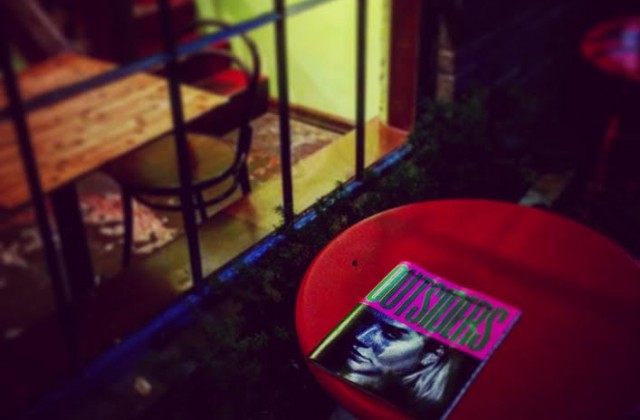Here We Go Again: Opposing Growth and Housing Using Preservation
Last year we managed to face down and avoid former Councilmember Tom Rasmussen’s efforts to create what he called Preservation Districts in neighborhoods. That effort would have allowed neighbors to essentially declare a moratorium on anything changing in their vicinity by requiring what would amount to a vote on any new housing or commercial project. That proposal disappeared when Rasmussen did last year. Now, following that lead, Councilmember Lisa Herbold is proposing preserving legacy businesses. There is a survey now being fielded to gather input for legislation. Here’s the statement on the website that has been created:
Seattle is known for its unique neighborhoods, each home to a thriving landscape of locally-owned businesses that occupy an essential role in the stories and rituals that define the city. These bars, restaurants, cafés, and shops have attracted locals and visitors alike for a taste of the city’ s unique character and sense of community. This project intends to recognize these important establishments; identify elements that contribute to the culture, character, and history of Seattle; and establish goals to protect them.
It’s easy to see where this is going. Everyone has a place that they love in town whether its a retail store, a bar, or a cafe. These are places where personal history has happened, fun was had, or work got done. Believe me, I’ve worked in cafes most of my life, but this effort is setting a bad stage ahead. We don’t need to preserve “legacy businesses” but we do need more housing.
The economy of local businesses can be a rough place. There are many reasons that businesses fail. Sometimes a building owner sells their property for more housing. That’s a good thing. If we lose a business because it us unable to relocate or just decides to close, it’s unfortunate but there are some things more important than saving something that makes us, who are already here comfortable. This whole thing reminds of view preservation, and I wrote about it at my old blog, Seattle’s Land Use Code.
As Seattle grows the City Council has to make some tough decisions that will inconvenience those of use who are already here to make room for new people moving here in the future. Locking up valuable land that can produce lots of new housing in order to protect an existing view is short sighted; it’s like being against gay marriage because the lines will be too long at the licensing desk. Not liking new development at South Lake Union because it blocks views is a legitimate position. Legally and aesthetically views are something the Council can factor into their decision; but they shouldn’t.
As far as I am concerned, the same goes for the so called “legacy business.” I have had a great view of the Space Needle for many years. I love my view. But I’d give it up for new housing. Here’s what I said over the view controversy in South Lake Union, reported in the Seattle Times.
“Take my view, please,” wrote Roger Valdez, an advocate for compact, vertical communities, in his land-use blog.
Valdez argues that the public benefits of taller buildings — tax revenues, shorter commutes, less pollution — outweigh the protection of some Space Needle views. That’s especially so, Valdez says, when the 605-foot tower will still be visible from all over the city.
“It’s kind of the price of growing up,” he said.
It’s time to grow up, Seattle. These ideas about saving business are exactly wrong. What businesses need is room to grow and more customers. Not every single one of them will survive. Some of this is because of growth and some of it just happens. The funny thing is that what often make a business survive is scale, that is it gets bigger over time and can survive the cyclical shocks in the economy. Business like Starbucks will be around, but the same people who want to preserve that small cafe also harbor resentment of chain stores too, They just want everything to be the same.
As I said when one of my favorite spots, Bauhaus on Capitol Hill, shut down for new development, preservation isn’t free. And it also shouldn’t be done without factoring in the price we’ll pay in the form of less housing and less commercial space. I’ve written about solutions to this like crowd funding, and transfer of development rights. But that would actually take work, not just squashing something new. And what will surely be work is trying to get this genie back in the bottle at a time when the Council is already making it harder to build new housing.


